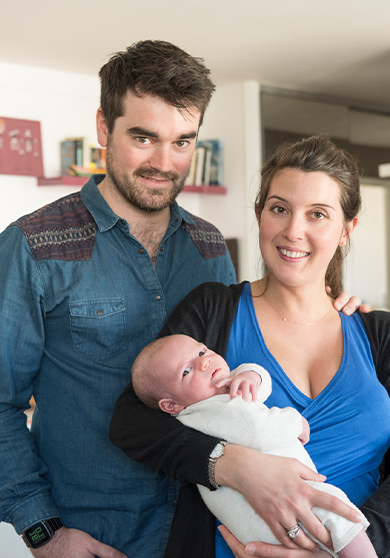The Usdaw Guide to Maternity and Parental Rights contains information on:
- Health and Safety
- Leave and Pay
- Returning to Work
- Miscarriage and Stillbirth
- Extra Money for Mothers and Babies
- Sickness and Redundancy
- Postnatal Depression
- Rights for Agency Workers
There's also a Maternity Rights Calendar that flags up important dates during pregnancy. For example, the week in which women are required to give notice to their employer of the date they want to start their leave.
You can also find out information about the Usdaw Maternity, Paternity & Adoption Benefit here.
FAQs - Antenatal
FAQs - Risk Assessments
FAQs - Maternity leave
FAQs - Return to work
FAQs - Paternity leave
FAQs - Shared parental leave
Don’t forget that help and advice is always available. Maternity and parental rights can be complex and confusing so don’t hesitate to get in touch if you need to. You can contact your Area Organiser or the Equalities Section at Head Office, Tel: 0161 224 2804.
For more information about Usdaw or to join contact your Union Rep or call 0800 030 80 30 or join online today!
Publications
An Usdaw Guide to Maternity and Parental Rights
09 December 2024
Parents & Carers - Not Enough Hours in the Day? (Leaflet 437)
28 February 2019
Working Carers Know Your Rights (Leaflet 343)
09 April 2025
Parents and Carers - Looking After Grandchildren? (Leaflet 422)
26 June 2017
Working Parents Know Your Rights (Leaflet 381)
08 April 2025
Rights for LGBT+ Parents (Leaflet 372)
20 April 2023
Pregnancy Risk Assessment - Know Your Rights (Leaflet 342)
27 February 2020
Pregnancy Risk Assessment Letter
28 April 2014

